ZAHN–AUGE–FUSS–Kindheit–Teenager–Baby–Senior–Junior–Dame–Herr–KNIE–BRUST–ARSCH–ARSCHLOCH–DARM–UTERUS–Mutter–Vater–Haare
Elliptical Attention Spans
Maybe every cyclical movement exists twice. Maybe every cycle is linked to a cycle of attention. Consider the moon, embodiment of everything that runs in cycles: night after night seen from earth, its appearance changes, almost unnoticed, following the same stoic rhythm every month. Think of how it is steadily waxing or waning. The lunar cycle: a perfect circular motion. This however is not how we, the ones observing the moon, perceive it. For us, it is a movement towards “fullness” and towards an “eclipse”. Usually we only take notice of earth’s natural satellite during full moon or new moon, that is when it is round like a circle up there in the sky or when it is, quite literally, conspicuous by its absence. During the days leading up to those events it seems like the entire motion is sped up: It is “just” two more days, “just” one more day until the night of the full moon. Even though the cycle itself does not change, something is changing for us. This second cycle of our perception looks like somebody kicked its spokes, the wheel is buckled, it wobbles – as an ellipse it overlays its sturdy, rotund older brother.
An ellipse too is a circle, if you think of a circle as a line that has no start and no end but performs the same motion over and over again. Unlike the perfect circle, though, the ellipse has two opposing poles. It is a clinched, drawn-out circle: The ellipse is a circle with an identifiable beginning and end, for there are two points that immediately catch the eye. These two poles are salient, a word that is much more common in the English or French language than in German and simply means that something is by its very nature outstanding and worth the remark.
Would we even notice a cycle that has no salience and therefore does not present itself as an ellipse? Would we even understand that something recurs with a certain frequency if we did not have such points of reference? One merely has to determine which one of the poles marks the beginning and which one the end. A question that, regarding a cycle, does not carry much weight. The female cycle, it has been decided, starts with the first day of the monthly period – no other day is better suited to the beginning of the count, even though the life cycle of an egg cell actually comes to an end on that day.
Text by Birthe Mühlhoff

Lucia Elena Průša, ZAHN–AUGE–FUSS–Kindheit–Teenager–Baby–Senior–Junior–Dame–Herr–KNIE–BRUST–ARSCH–ARSCHLOCH–DARM–UTERUS–Mutter–Vater–Haare, Exhibition View

Lucia Elena Průša, ZAHN–AUGE–FUSS–Kindheit–Teenager–Baby–Senior–Junior–Dame–Herr–KNIE–BRUST–ARSCH–ARSCHLOCH–DARM–UTERUS–Mutter–Vater–Haare, Exhibition View

Lucia Elena Průša, Cycle, 2018, Aluminium, steel, rubber, plastic, UV-print, 14 x 85 x 60 cm
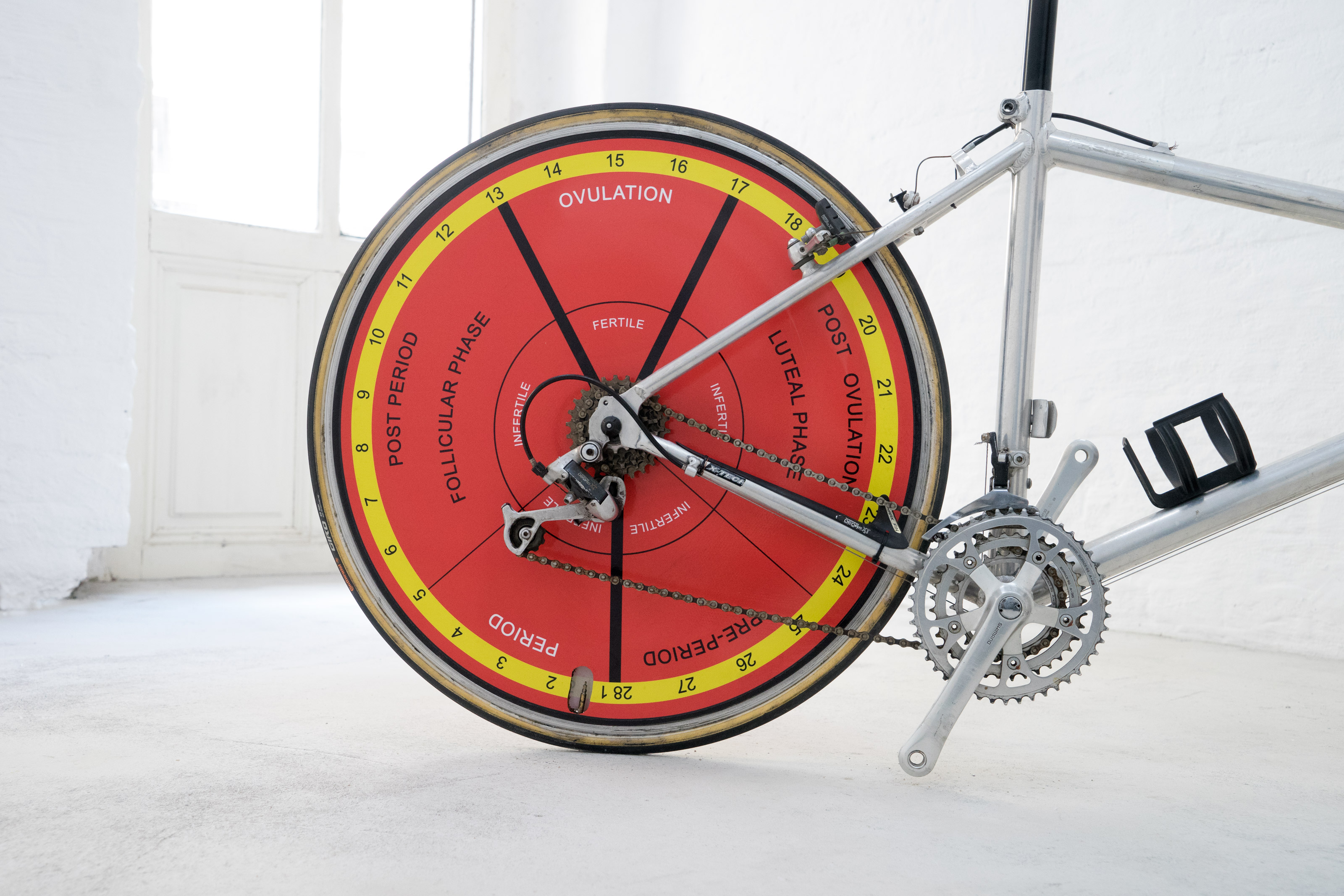
Lucia Elena Průša, Cycle, 2018, Aluminium, steel, rubber, plastic, UV-print, 14 x 85 x 60 cm

Lucia Elena Průša, Cycle, 2018, Aluminium, steel, rubber, plastic, UV-print, 14 x 85 x 60 cm
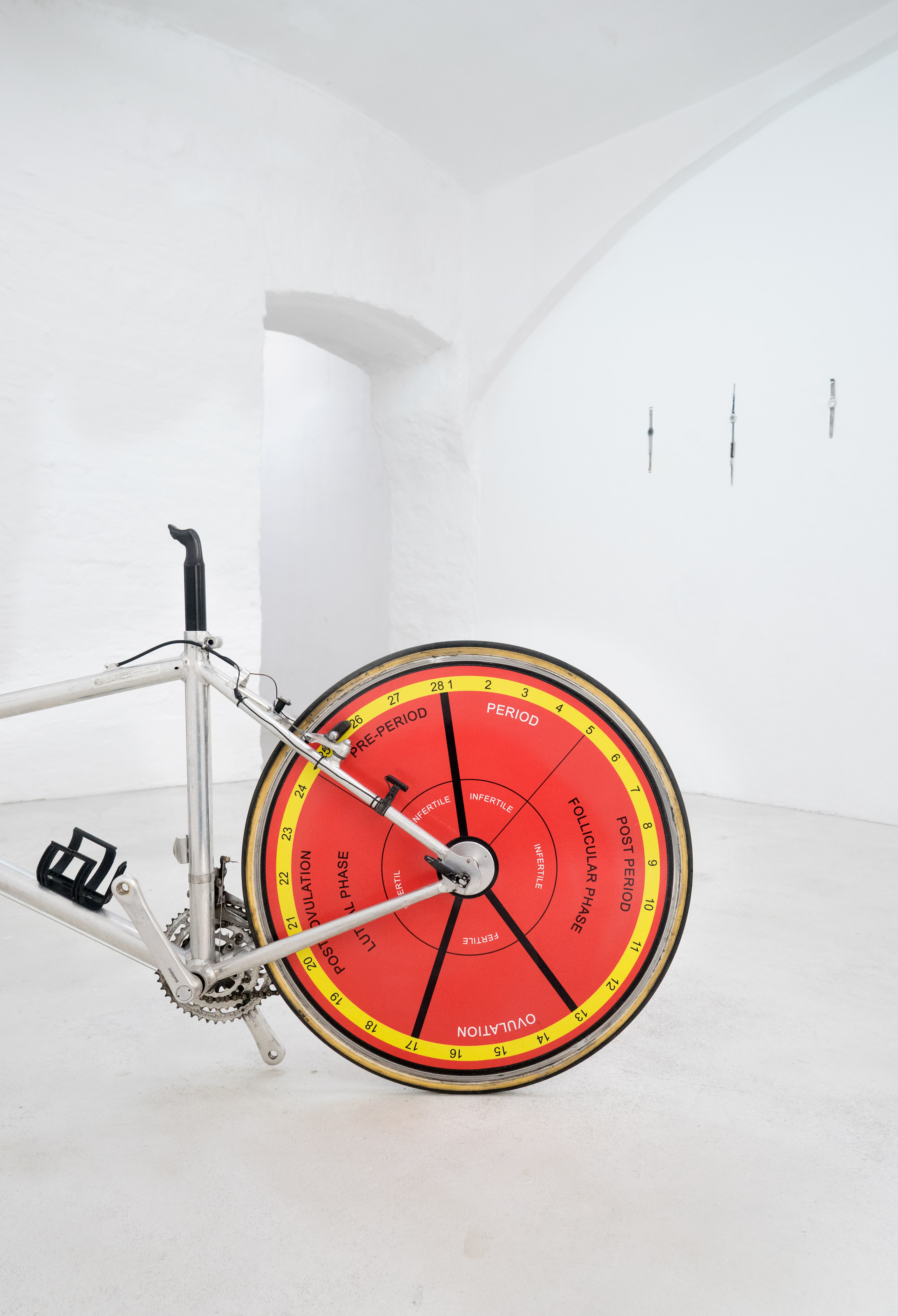
Lucia Elena Průša, Cycle, 2018, Aluminium, steel, rubber, plastic, UV-print, 14 x 85 x 60 cm
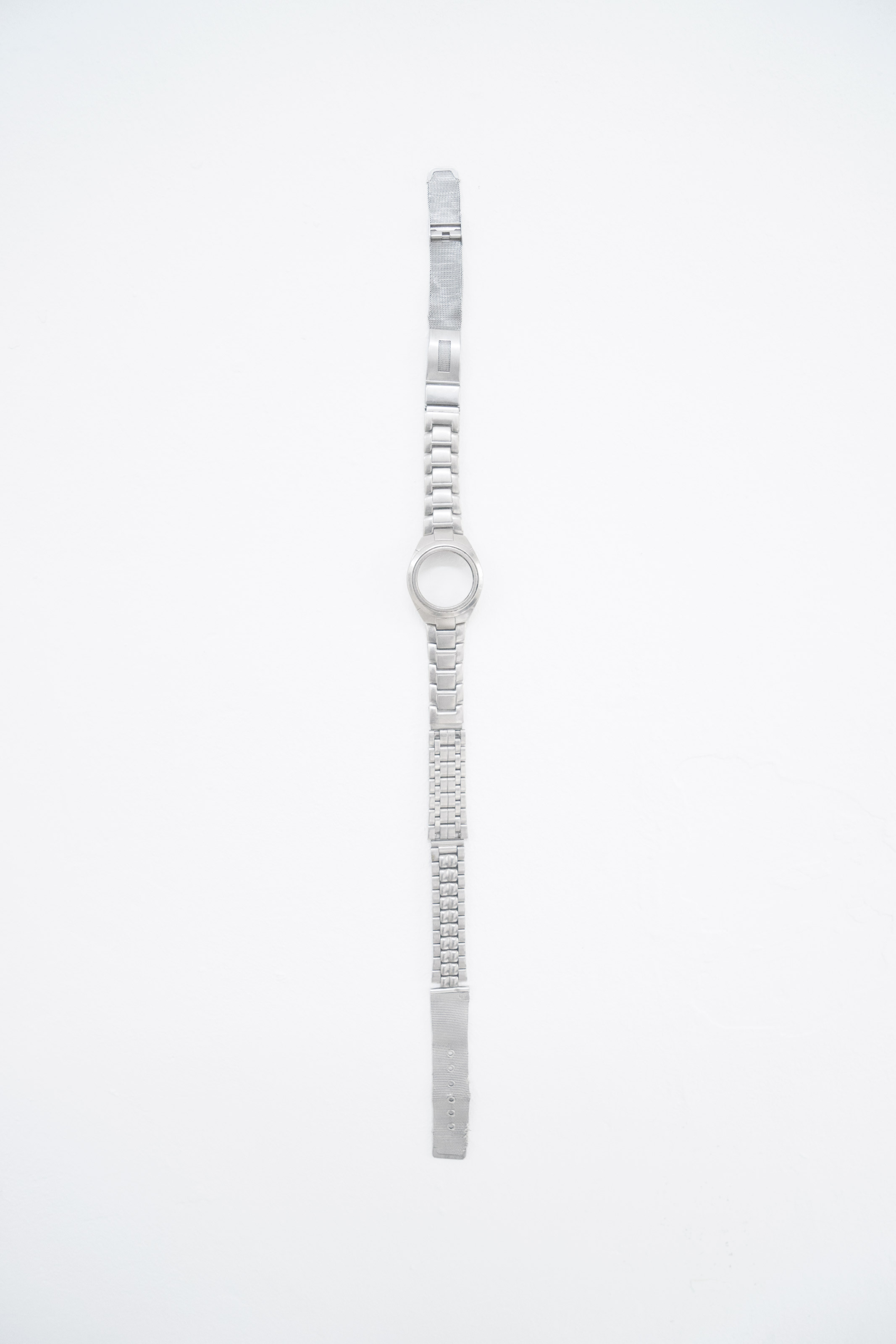
Lucia Elena Průša, Body Party, 2018, metals, 4 x 54 x 1 cm
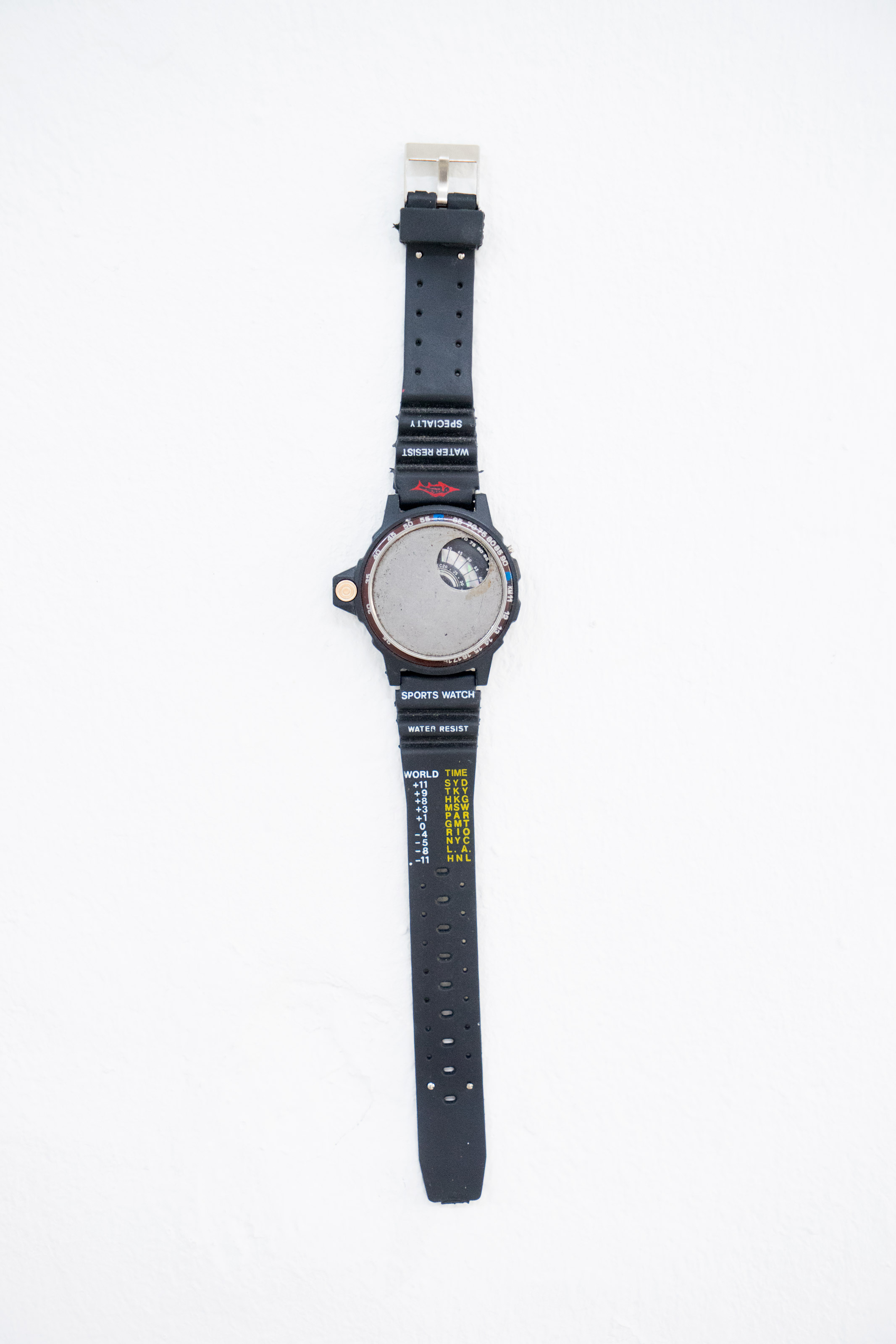
Lucia Elena Průša, Steinzeit, 2018, plastic, metal, 4,5 x 24,5 x 0,5 cm
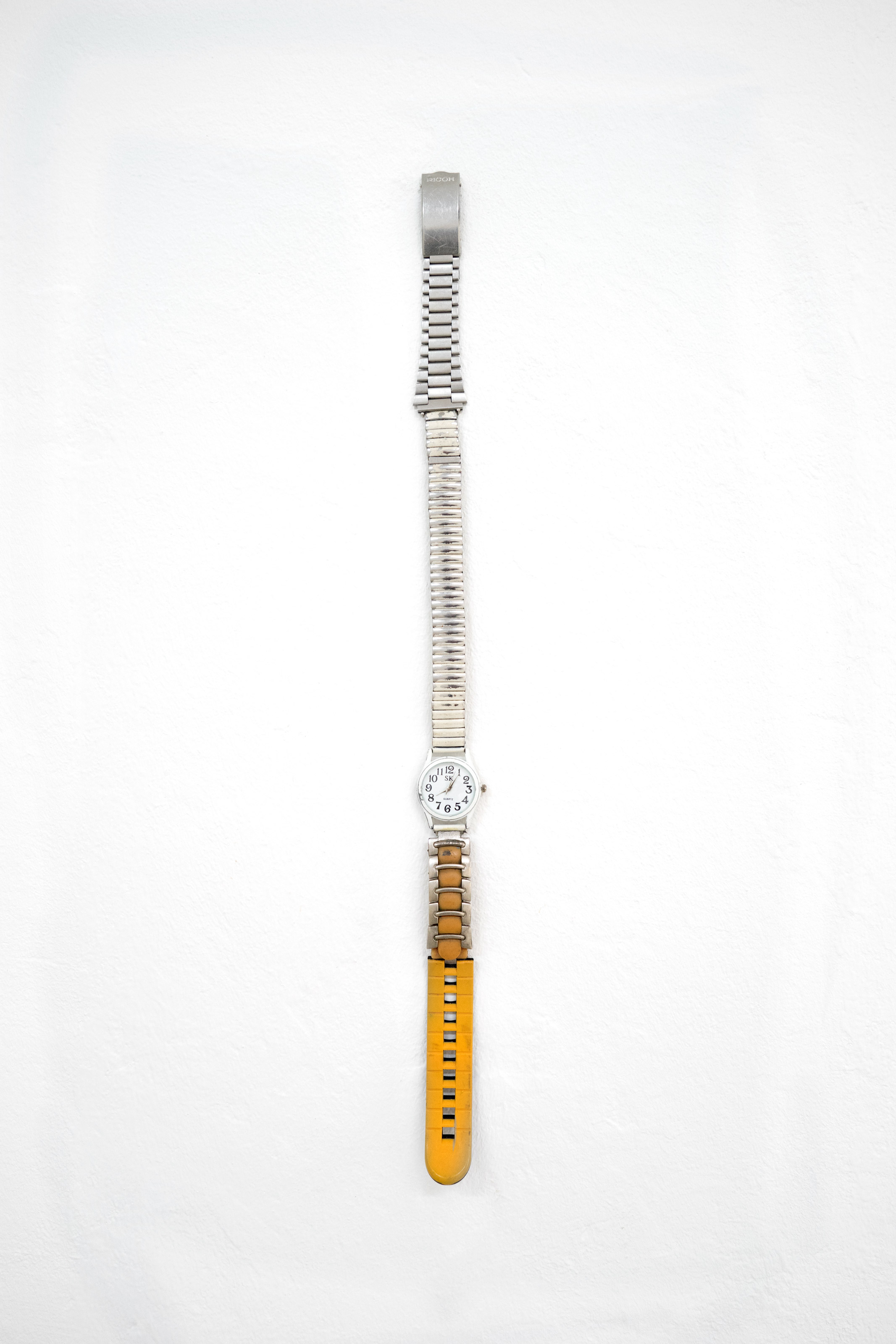
Lucia Elena Průša, Sexy Time, 2018, glass, metals, plastic, 3 x 43,5 x 1 cm
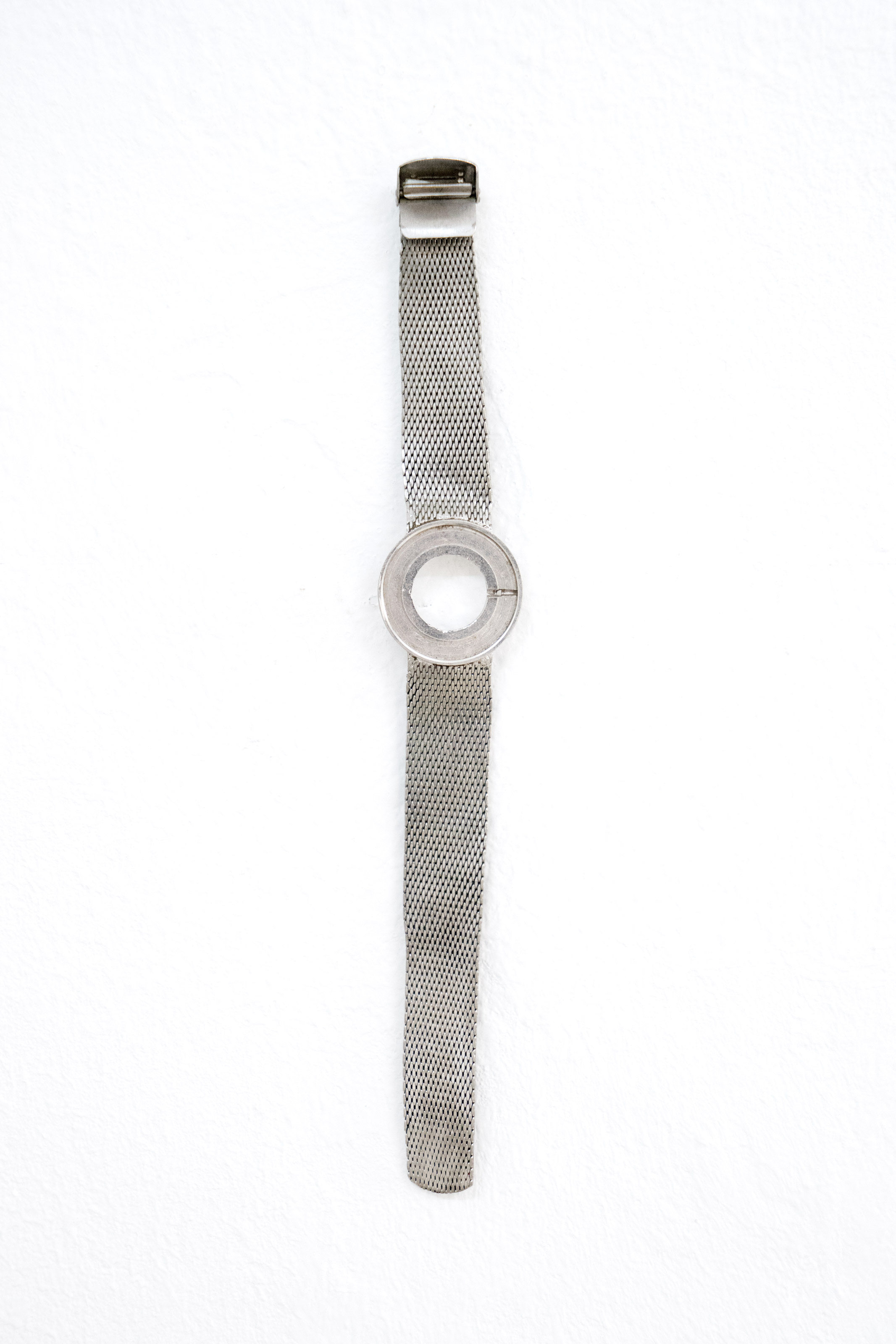
Lucia Elena Průša, Adore Your Cycle, 2018, aluminium, 3,5 x 21,5 x 0,5 cm
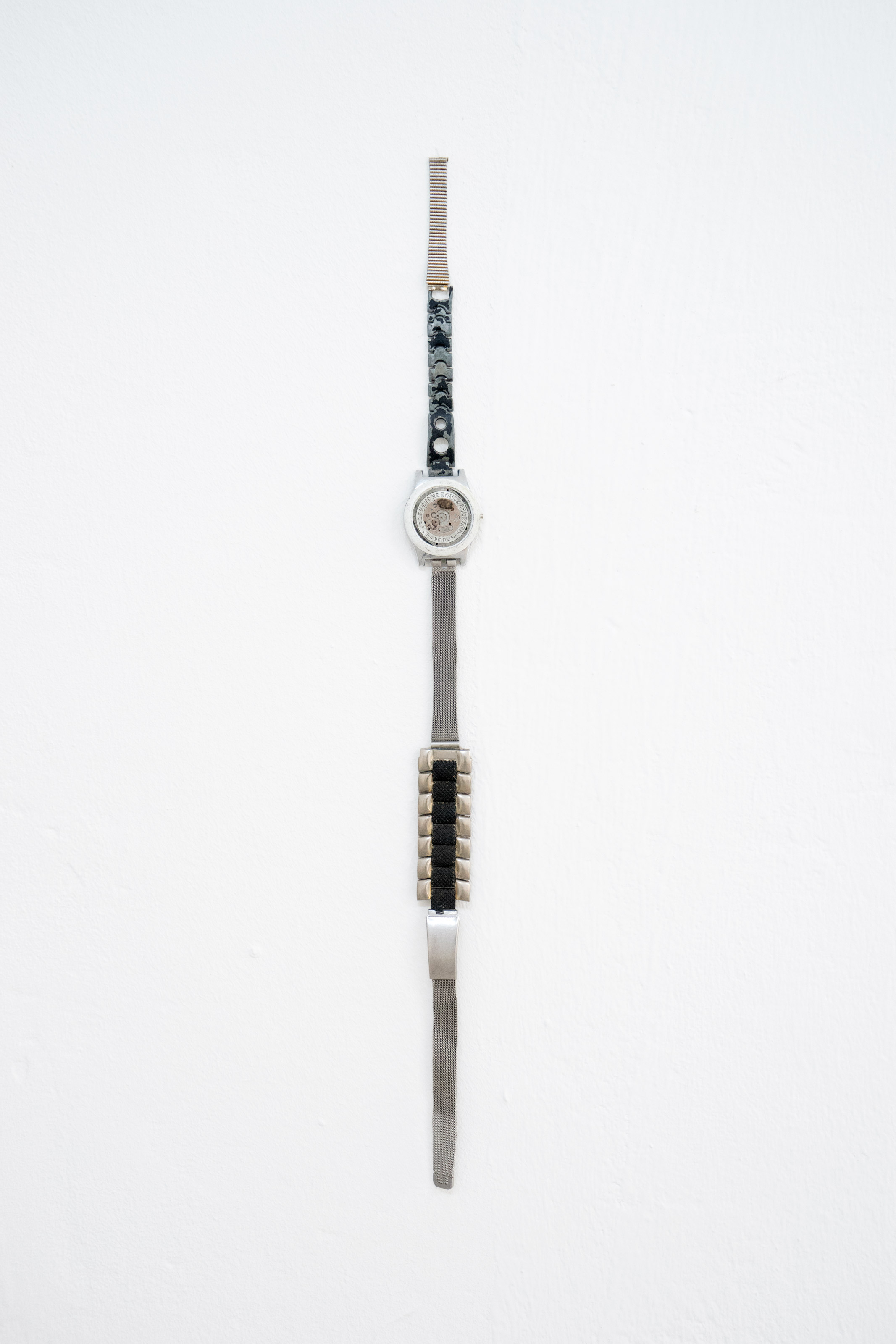
Lucia Elena Průša, Crazy Clown Time, 2018, metals, plastic, 3,5 x 41 x 1 cm
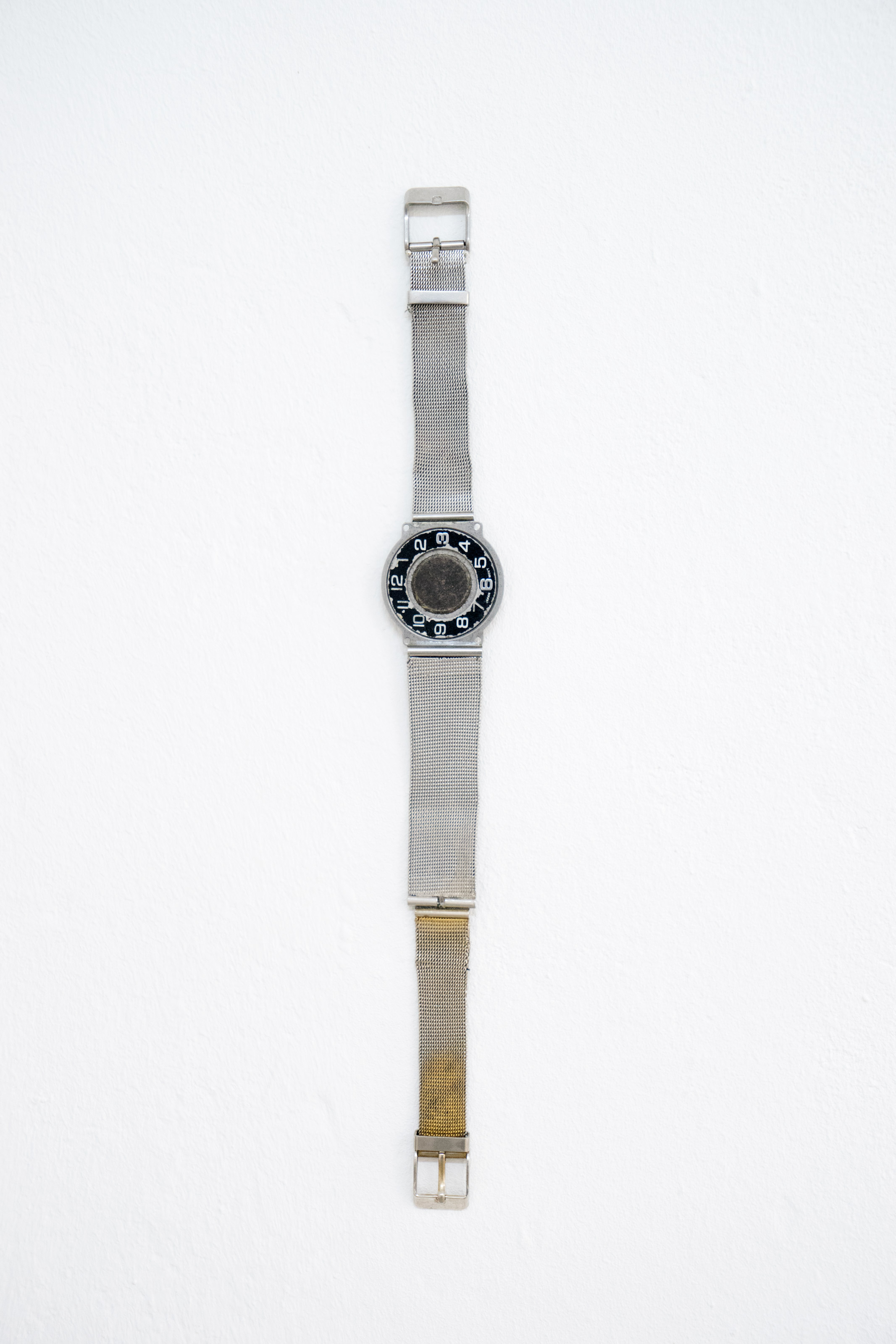
Lucia Elena Průša, Reality Check, 2018, metals, 4 x 29 x 0,5 cm
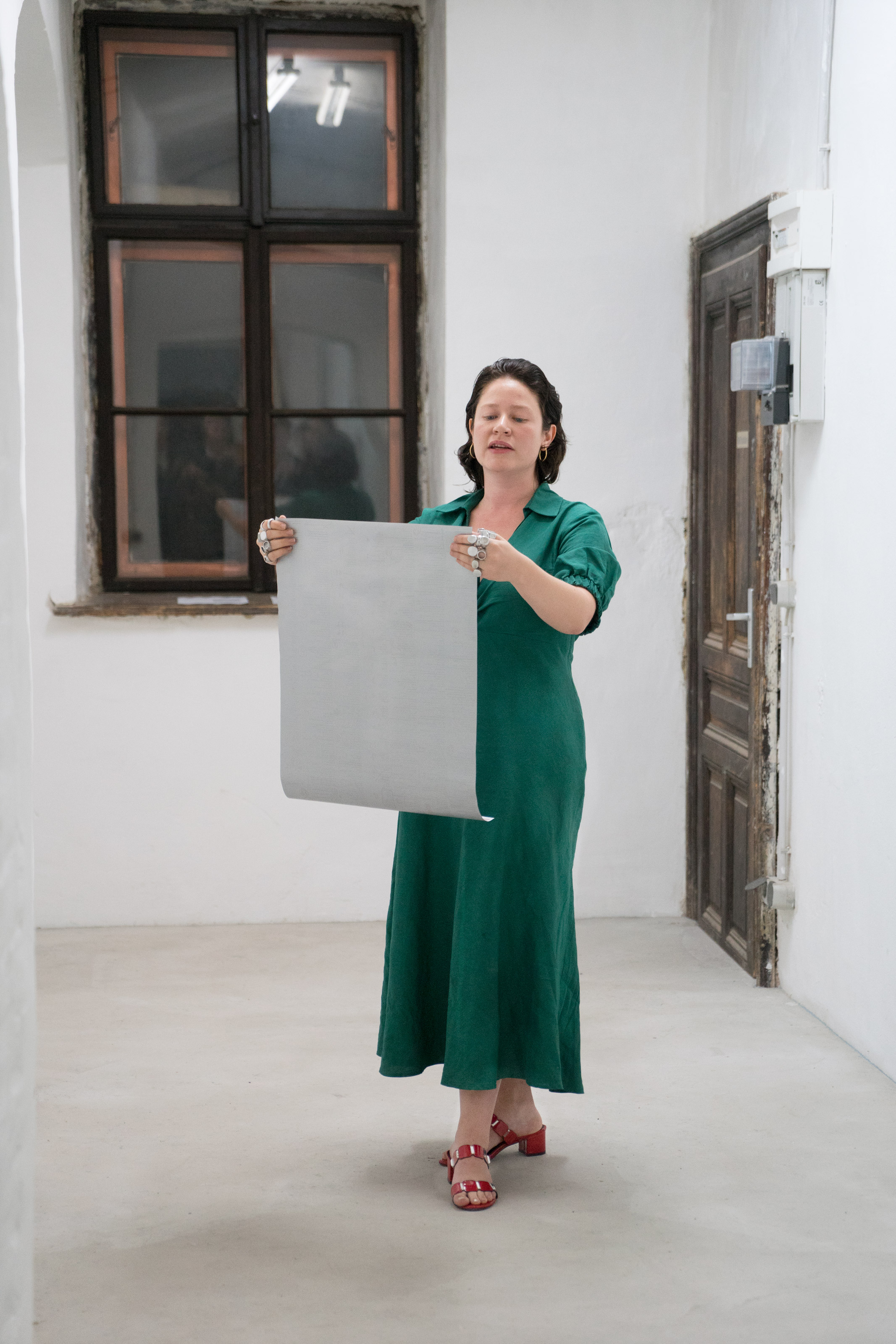
Diana Barbosa Gil reading Found Feelings by Lucia Elena Průša, June 28, 2018
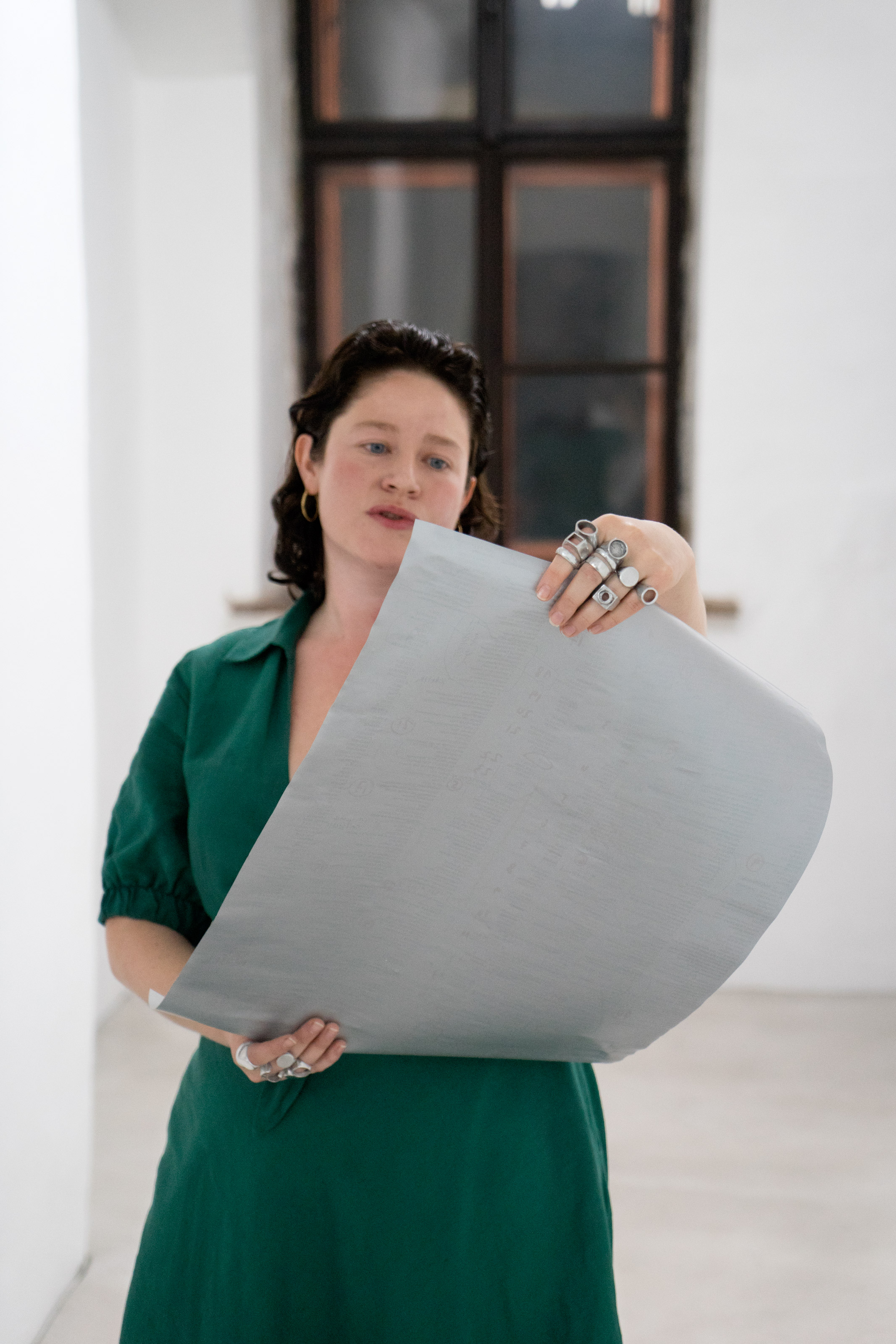
Diana Barbosa Gil reading Found Feelings by Lucia Elena Průša, June 28, 2018
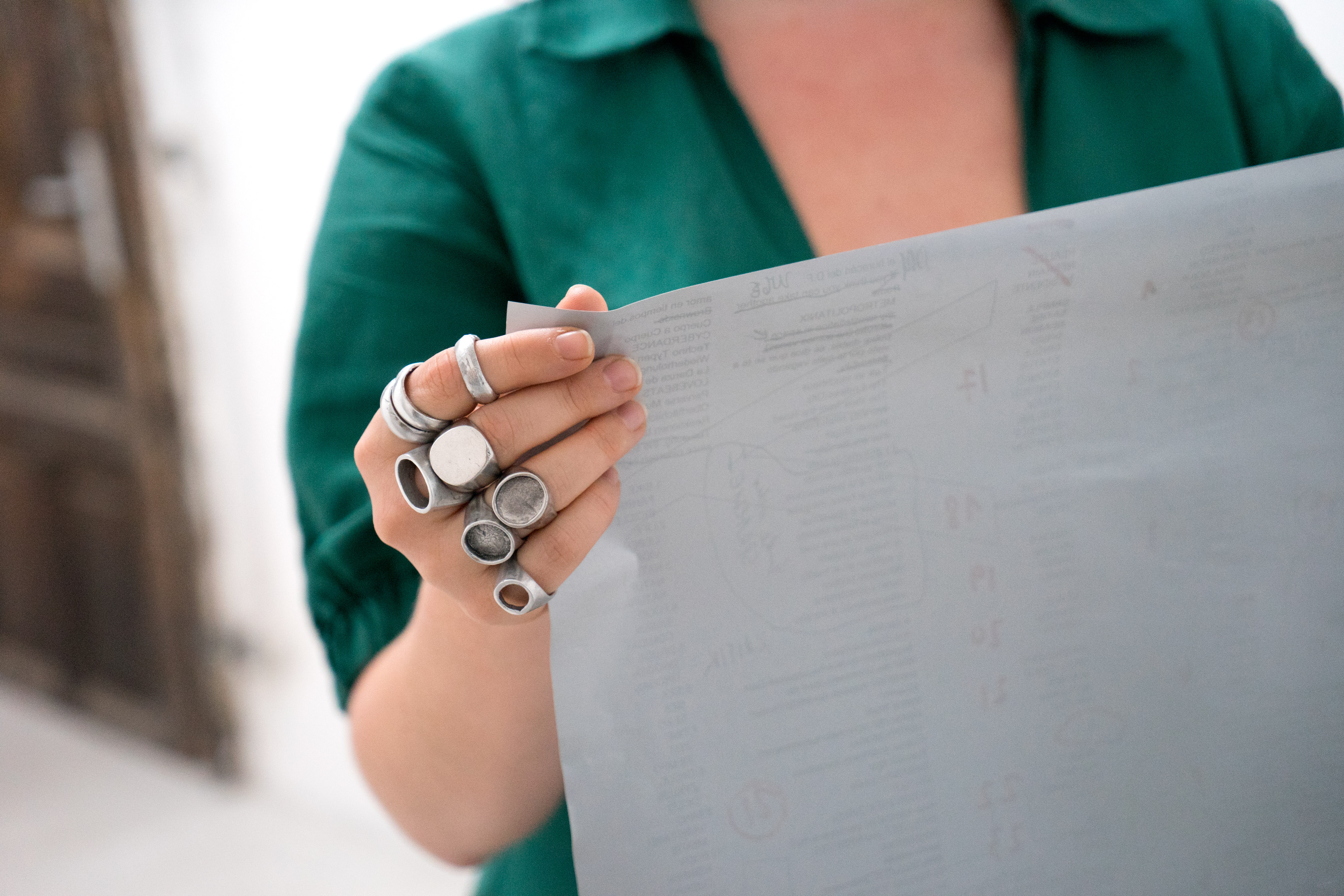
Diana Barbosa Gil reading Found Feelings by Lucia Elena Průša, June 28, 2018
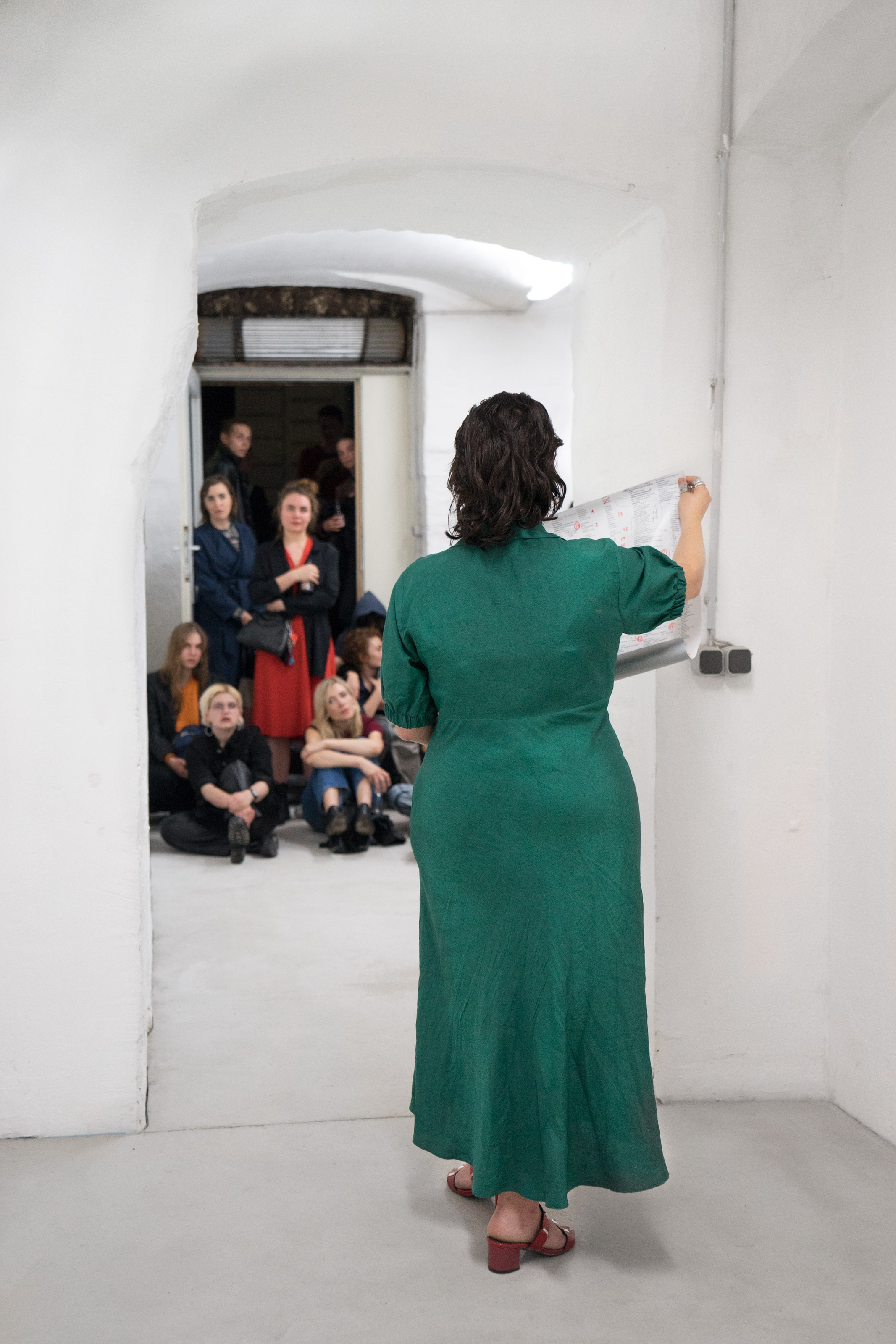
Diana Barbosa Gil reading Found Feelings by Lucia Elena Průša, June 28, 2018
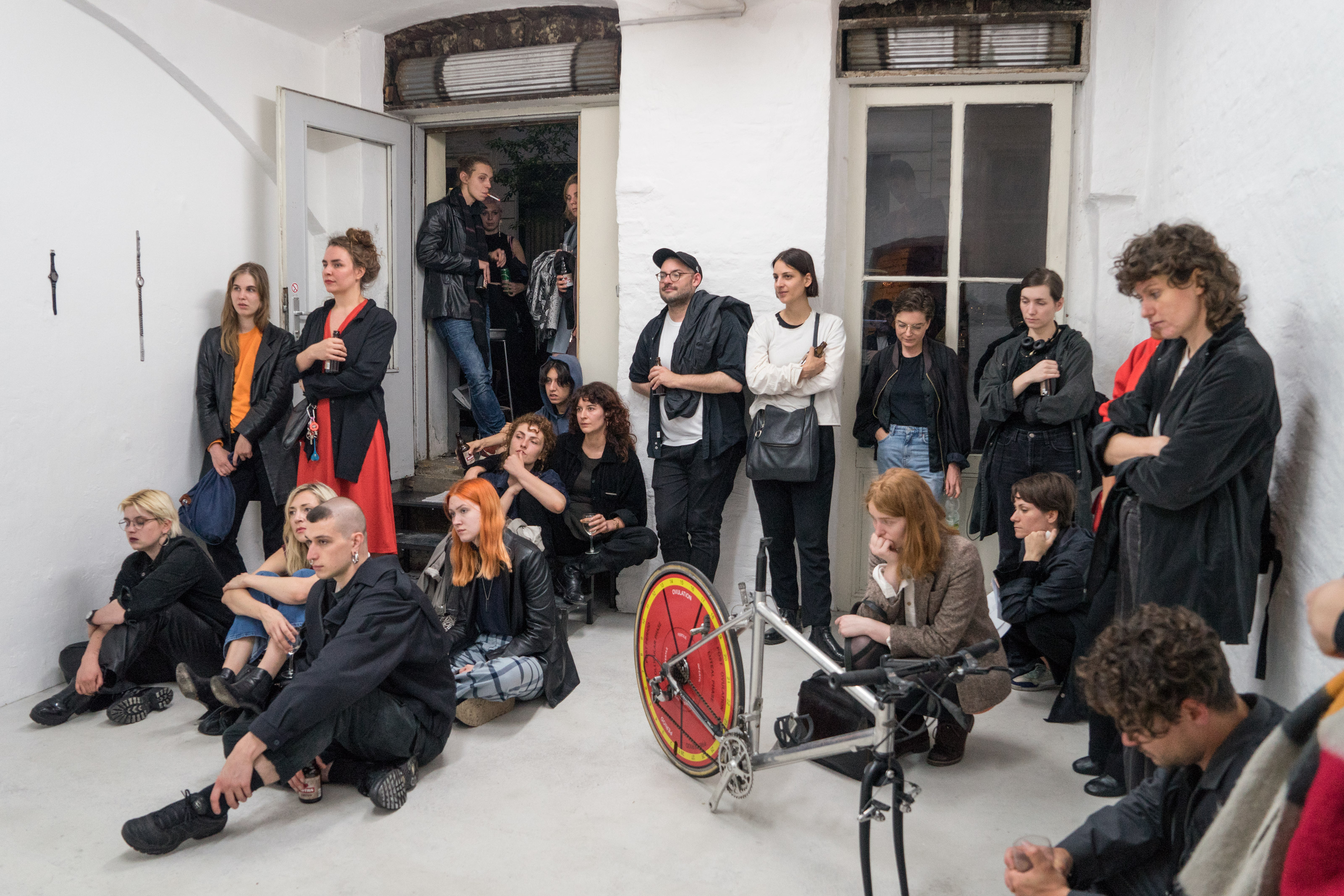
Diana Barbosa Gil reading Found Feelings by Lucia Elena Průša, June 28, 2018
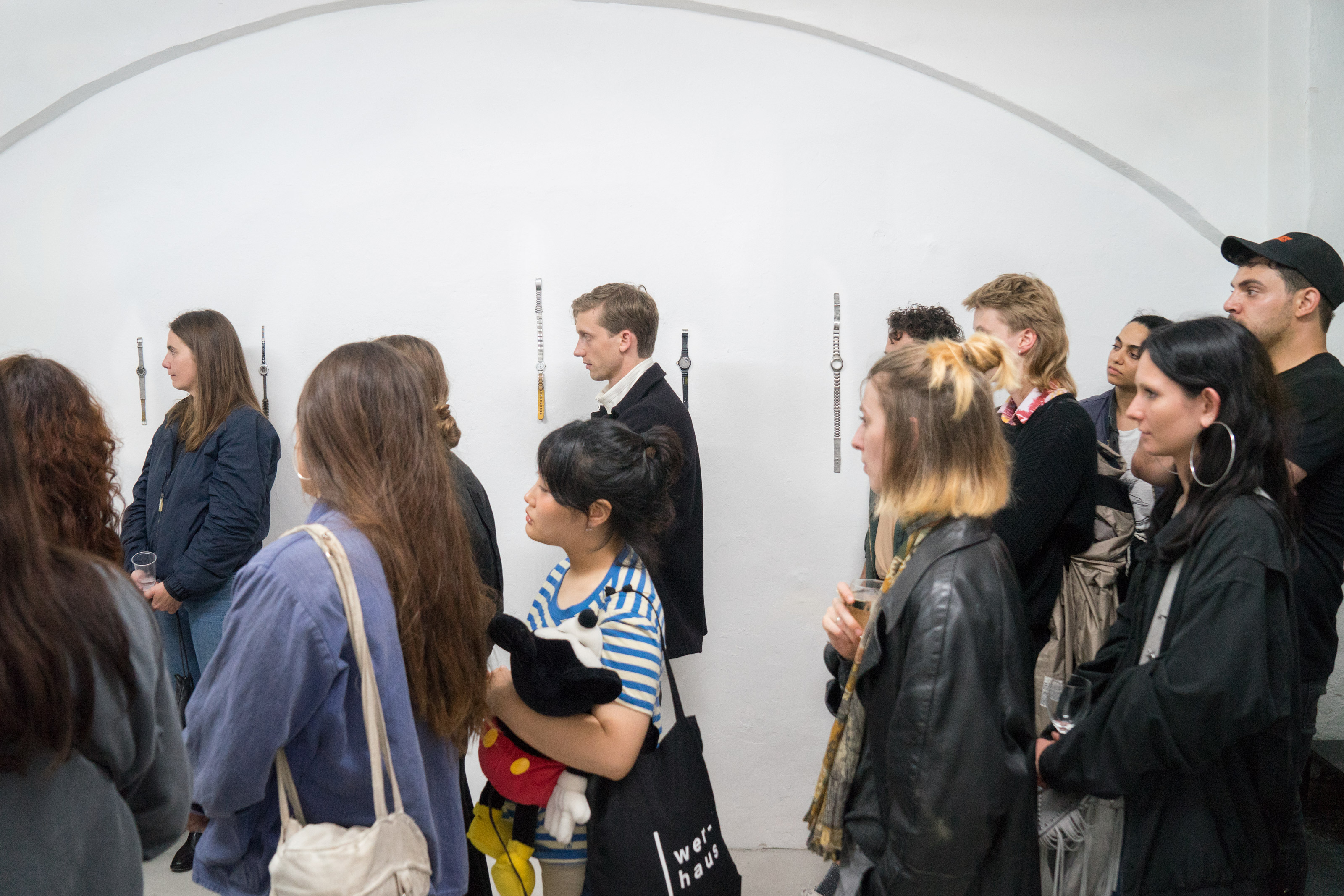
Diana Barbosa Gil reading Found Feelings by Lucia Elena Průša, June 28, 2018
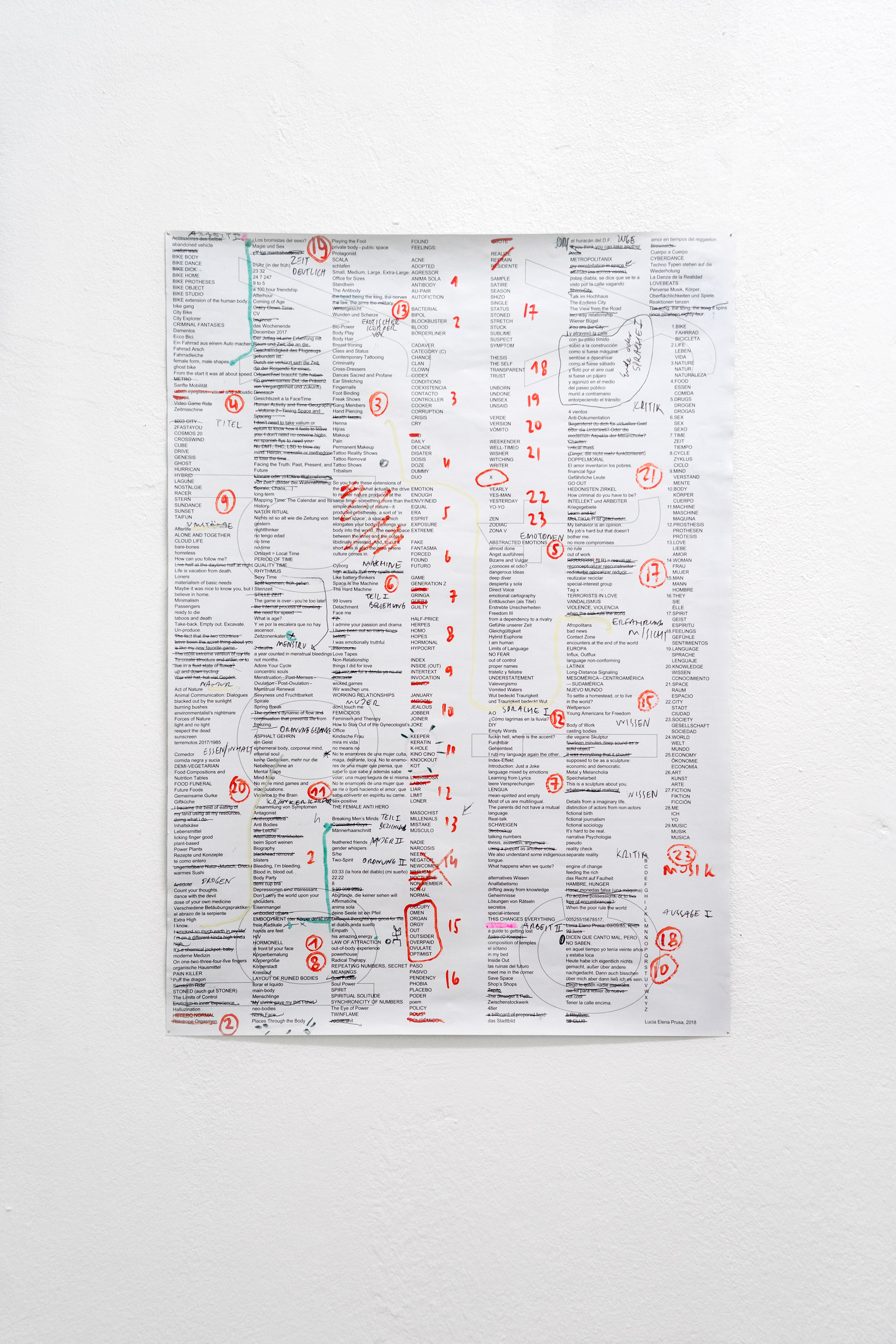
Found Feelings by Lucia Elena Průša with notes by Diana Barbosa Gil
Photography: Raphael Reichl, courtesy the artist and Pina